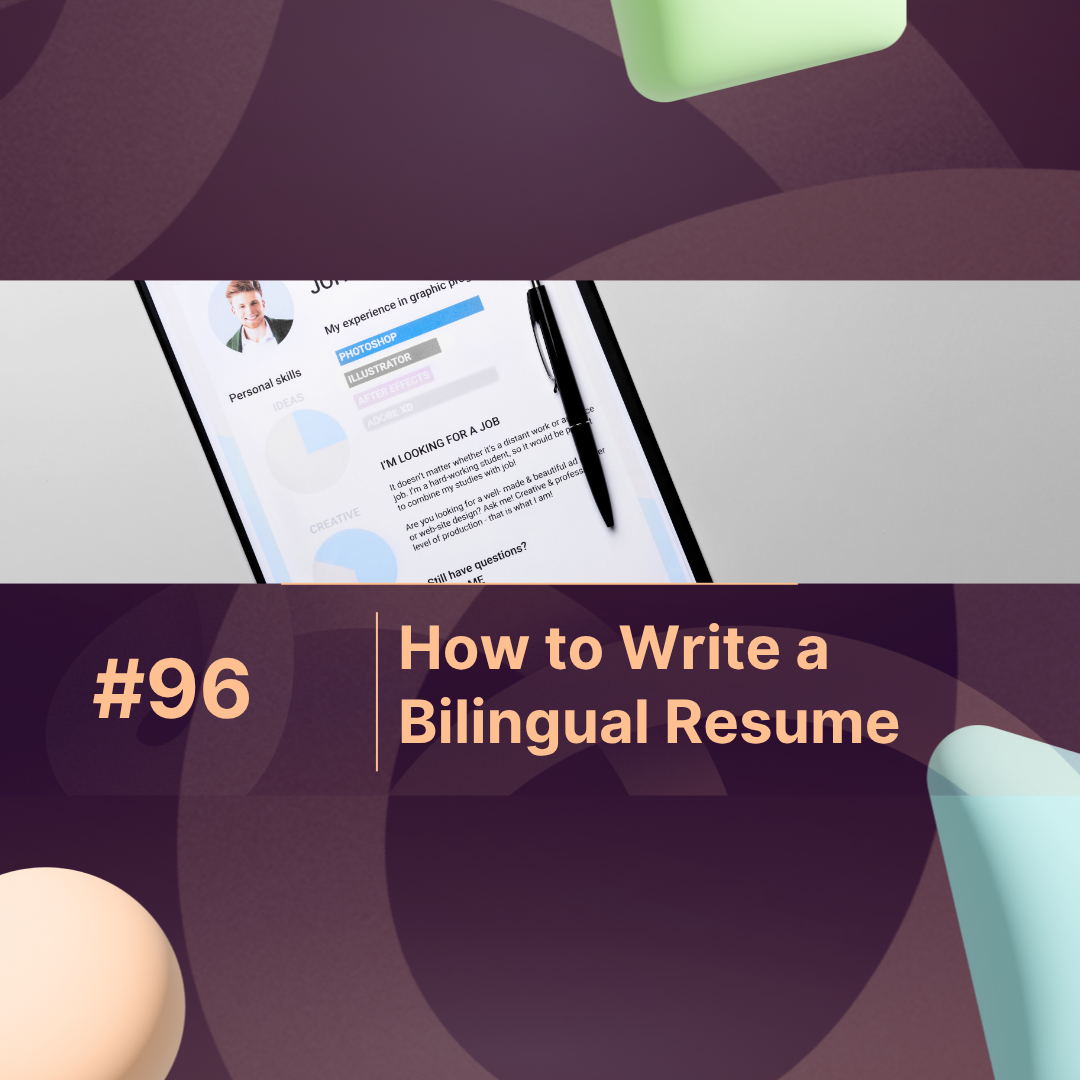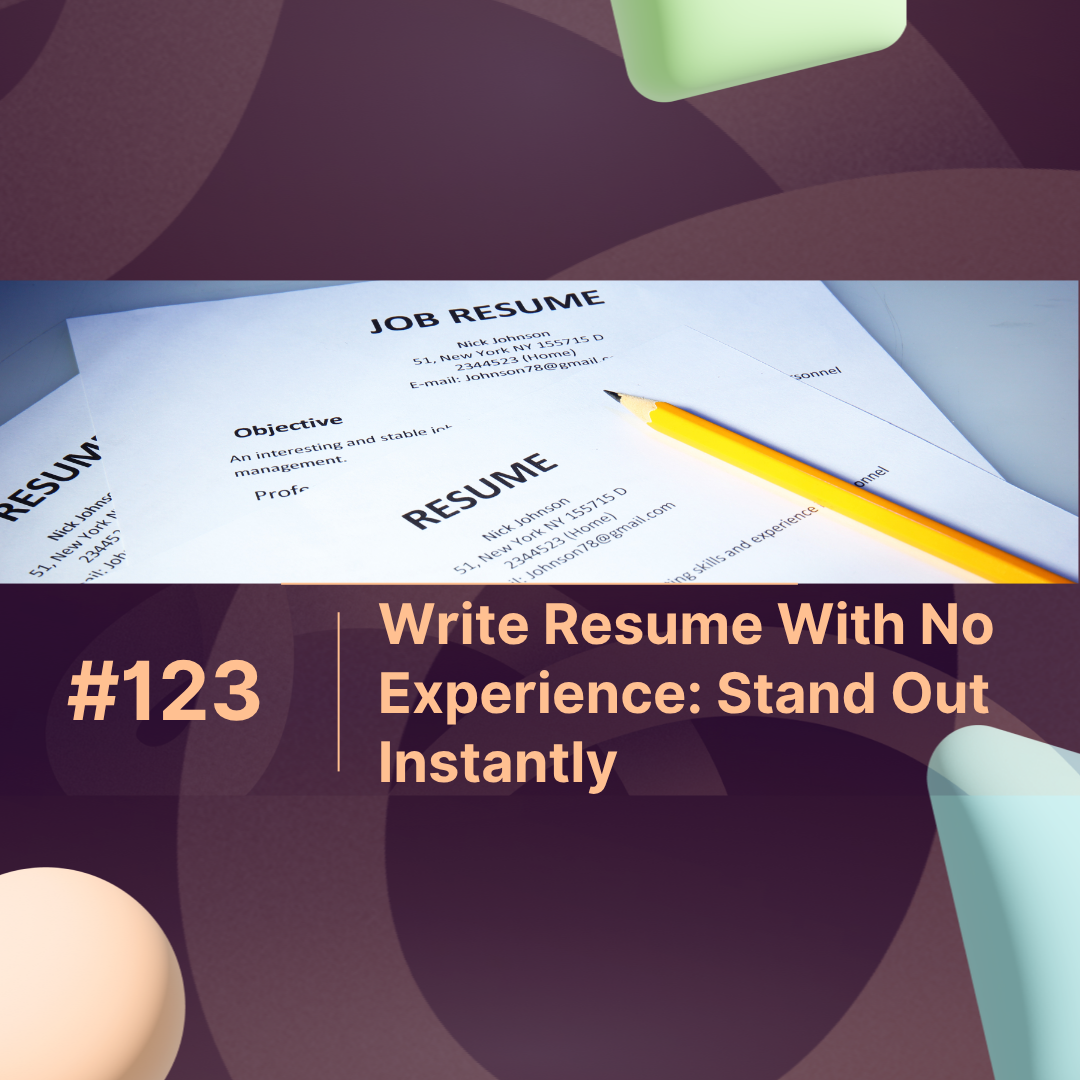Overview
In today’s global job market, a bilingual resume is more than just a career asset—it can be a true differentiator. Whether you speak Spanish and English, French and German, or Mandarin and English, showcasing bilingual skills effectively on your resume can help you stand out to employers. According to recent hiring studies, 31% of employers prefer candidates with multilingual skills, and roles that require bilingual employees often pay 5–20% higher salaries.
This guide explains how to write a bilingual resume that highlights your skills, attracts recruiters, and improves your chances of landing interviews.
Why a Bilingual Resume Matters in 2025
Employers value bilingual candidates for three key reasons:
-
Global expansion: Companies working across regions need bilingual staff for client communication.
-
Workplace diversity: Bilingual employees improve cultural collaboration.
-
Higher productivity: A 2024 survey found that bilingual workers increase team efficiency by 22% in cross-border teams.
Step 1: Choose the Right Format for Your Bilingual Resume
Your resume should be easy to read and ATS (Applicant Tracking System) friendly. Use either:
-
Single bilingual resume: One resume, but clearly showing language proficiency under skills.
-
Dual-language resume: Two columns or two versions—one in each language.
If you’re applying to a role in an international company, a dual-language format can demonstrate flexibility and professionalism.
Step 2: Highlight Language Proficiency Clearly
Employers don’t just want to know you’re bilingual—they want to know how well you can use each language. Use standard frameworks like:
-
CEFR Levels (A1–C2)
-
ILR Scale (0–5)
Example Table of Resume Language Levels
| Language | CEFR Level | ILR Scale | Fluency (%) |
|---|---|---|---|
| English | C2 | 5 | 100% |
| Spanish | C1 | 4+ | 90% |
| French | B2 | 3 | 70% |
This numeric representation helps recruiters quickly evaluate your strengths.
Step 3: Place Bilingual Skills Strategically
A bilingual resume should highlight languages in multiple places:
-
Header/Summary – Example: “Bilingual Marketing Manager fluent in English and Spanish.”
-
Skills Section – List each language with proficiency.
-
Experience Section – Show how bilingual skills contributed (e.g., “Managed client negotiations in Spanish resulting in a 15% revenue increase”).
Step 4: Tailor for the Employer
Always adapt your bilingual resume to the job description:
-
For customer service roles → emphasize communication skills.
-
For global marketing → highlight translation and cultural adaptation.
-
For technical roles → focus on bilingual documentation or training experience.
Pro tip: Platforms like MaxProfile make it easier to showcase bilingual resumes online with built-in templates optimized for international employers.
Step 5: Keep It Professional and Concise
Avoid overloading your bilingual resume with too much detail. Employers spend 6–8 seconds on initial screening. Use:
-
Short bullet points.
-
Action verbs (negotiated, translated, managed).
-
Achievements with numbers (“Reduced onboarding errors by 20% through bilingual training materials”).
Common Mistakes to Avoid in a Bilingual Resume
Overclaiming fluency without proof.
Mixing languages randomly within one section.
Ignoring cultural differences in resume format (e.g., photo use in European vs. US resumes).
Instead, keep your structure consistent and focus on measurable outcomes.
Conclusion
A bilingual resume is more than a list of skills—it’s a powerful career tool that shows adaptability, global readiness, and cultural intelligence. By choosing the right format, presenting language levels with clarity, and tailoring content to the employer, you can create a resume that not only gets noticed but also increases your interview chances.
Whether you’re applying locally or internationally, bilingual skills remain one of the top assets for career growth in 2025.
FAQs on Writing a Bilingual Resume
1. Should I create two separate resumes for each language?
Not always. A dual-language version works best if applying to international companies; otherwise, one bilingual resume with clear proficiency levels is enough.
2. Where should I list my bilingual skills?
Place them in your summary, skills, and experience sections to reinforce credibility.
3. How do employers verify language proficiency?
Recruiters may test during interviews, request certifications (like DELE, TOEFL, DELF), or conduct assessments.
4. Does being bilingual increase salary opportunities?
Yes. On average, bilingual professionals earn 5–20% higher pay than monolingual peers.
5. Which industries value bilingual resumes most in 2025?
Customer service, international business, healthcare, IT, and education show the strongest demand.



